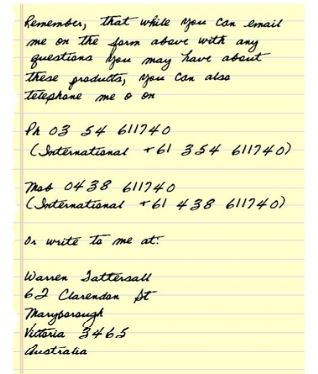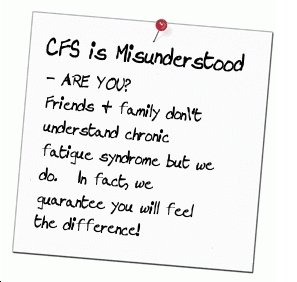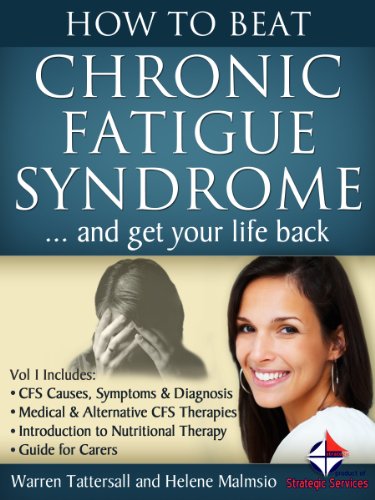Best Abdominal Exercises Report
If you dream of tightening your tummy but dread doing endless sets of sit-ups, then California researchers have good news for you. The classic sit-up, they say, is not the best answer for stronger, flatter abdominals.
A study led by Peter Francis, Ph.D., at the biomechanics lab at San Diego State University put different abdominal exercises to the test and found that not all are created equal.
The traditional sit-up - or crunch - fell close to the bottom in a ranking of the ab exercises.
"The sit-up is ineffective," Francis says. Typically, he says, people do sit-ups by lying with their back on the floor, with their legs straight or knees bent. Then, they sit all the way up, relying on their hips and less on their abdominals. Not only is a sit-up ineffective but it can strain the back, Francis adds.
Perhaps another surprise finding was that despite the advertising hype, some abdominal exercise equipment tested, including the Torso Track and Ab Roller, either were no more effective or only marginally more effective than a regular crunch you can do at no cost.
"You don't have to spend $150 on a piece of exercise equipment to strengthen your abs," Francis says.
Tummy-tightening comparison
The San Diego study, sponsored by the American Council on Exercise (ACE), compared 13 of the most common abdominal exercises, some involving equipment, and ranked them from most to least effective. The study included 30 healthy men and women, ages 20 to 45, who were either occasional or daily exercisers. Each was put through a battery of exercises, including the traditional crunch, modified crunches, partial body-weight exercises and exercises using both home and gym exercise equipment. Muscle activity was monitored during each exercise using electromyography equipment.
Each of the 13 exercises was ranked for muscle stimulation in the rectus abdominus (the long, flat muscle extending the length of the front of the abdomen) and the obliques (the long, flat muscles extending along the sides of the abdomen at an angle).
The top three abdominal exercises were:
Bicycle maneuver. To do this exercise, you lie flat on the floor with your lower back pressed to the ground. Put your hands beside your head. Bring your knees up to about a 45-degree angle and slowly go through a bicycle pedal motion. Touch your left elbow to your right knee, then your right elbow to your left knee. Breathe evenly throughout the exercise.
Captain's chair. This was one of the few on the "most effective" list that involves gym equipment. To do the exercise, stabilize your upper body by gripping the handholds and lightly pressing your lower back against the back pad of the chair-like equipment. The starting position begins with you holding your body up and legs dangling below. Now slowly lift your knees in toward your chest. The motion should be controlled and deliberate as you bring your knees up and return them back to the starting position.
If you do not have access to a captain's chair, Francis says you can improvise by hanging from a bar, although that may be difficult for many people who aren't in shape.
Crunch on exercise ball. A high-quality exercise ball, which costs about $30 depending on the size, is needed to do this exercise. Sit on the ball with your feet flat on the floor. Let the ball roll back slowly. Now lie back on the ball until your thighs and torso are parallel with the floor. Cross your arms over your chest and slightly tuck your chin in toward your chest. Contract your abdominals raising your torso to no more than 45 degrees. For better balance, spread your feet wider apart. To work the oblique muscles, make the exercise less stable by moving your feet closer together. Exhale as you contract; inhale as you return to the starting position.
If you do a crunch, researchers found you are better off doing a vertical crunch (which ranked number four on the list of most effective ab exercises for the rectus abdominus) or a reverse crunch (which ranked number three for strengthening the obliques).
"These crunches don't put as much stress on your back," Francis says, as a traditional sit-up type crunch.
To do a vertical crunch: Lie flat on the floor with your lower back pressed to the ground. Put your hands behind your head for support. Extend your legs straight up in the air, crossed at the ankles with a slight bend in the knee. Contract your abdominal muscles by lifting your torso toward your knees. Make sure to keep your chin off your chest with each contraction. Exhale as you contract upward; inhale as you return to the starting position.
To do a reverse crunch: Lie flat on the floor with your lower back pressed to the ground. Put your hands beside your head or extend them out flat to your sides - whatever feels most comfortable. Crossing your feet at the ankles, lift your feet off the ground to the point where your knees create a 90-degree angle. Once in this position, press your lower back on the floor as you contract your abdominal muscles. Your hips will slightly rotate and your legs will reach toward the ceiling with each contraction. Exhale as you contract; inhale as you return to the starting position.
Abs need regular workout
Unlike strength training, Francis says abdominal exercises should be done frequently rather than for intense periods. "Abdominal strength isn't the same as working on big muscles with large resistance," he says. Instead, what's needed is "endurance training for the abdominals."
Five minutes a day of abdominal exercises can make a difference if you do it regularly.
If one exercise feels uncomfortable or is too difficult, then Francis says try others. The captain's chair exercise, for example, might be too stressful for someone who has low back pain or is out of shape.
However, strengthening the abs can actually help maintain good posture and alleviate lower back pain, Francis says. As with any fitness program, though, check with your doctor first before starting abdominal exercises.
While the best ab exercises can help you reach a goal of a flatter, tighter tummy, Francis cautions, too, that they are only part of the equation. Diet is another part.
While the best ab exercises can help you reach a goal of a tighter tummy, it will not necessarily make the stomach "flatter". For a healthy-looking mid section, a combination of ab work, proper diet, and regular aerobic exercise is the most effective strategy.
"You can have the tightest abs on earth, but if you have 10 pounds of lard covering them up, you won't see that," Francis says.
Related Articles
Get-in-Shape Tips
Short Workouts Good for Heart
What's Your BMI? It's Important
External Source
The American Council on Exercise
the A to Z directory of dealing with Health Problems & Self Care Strategies for natural remedies to your health issues.

Subscribe to get your weekly "Health Success Magazine" with a new complete & comprehensive Health Report in every edition!

to “Your Health Success”
our weekly F’R’E’E’ Newsletter
If you would like a free no-obligation private consultation or to contact Warren Tattersall for more information, please click here >> Contact Us

Click the books above to learn more about how we treat CFS naturally, to get your life back!
You will find many assorted Health Reports available for download free to you on this website!
Our free Health Success Reports are each available for you to download when you subscribe to receive them and their 7 part eCourse.
You can unsubscribe at any time, but we are sure you will want to receive all the email lessons of these informative ecourses.
Read more HERE to select the REPORT subjects of most interest (or concern) to you.







